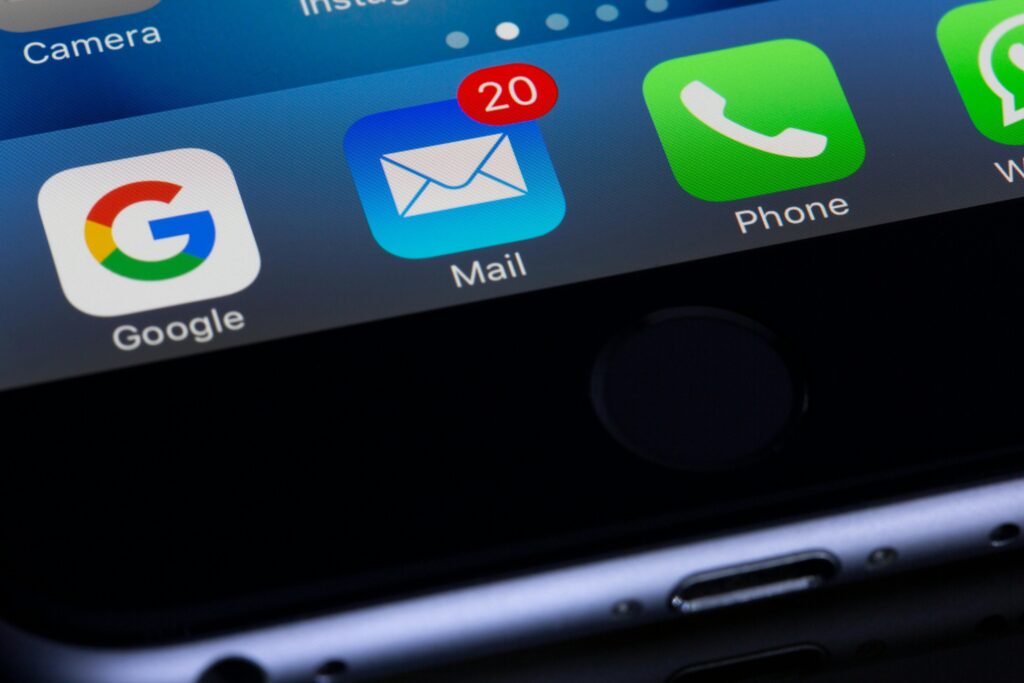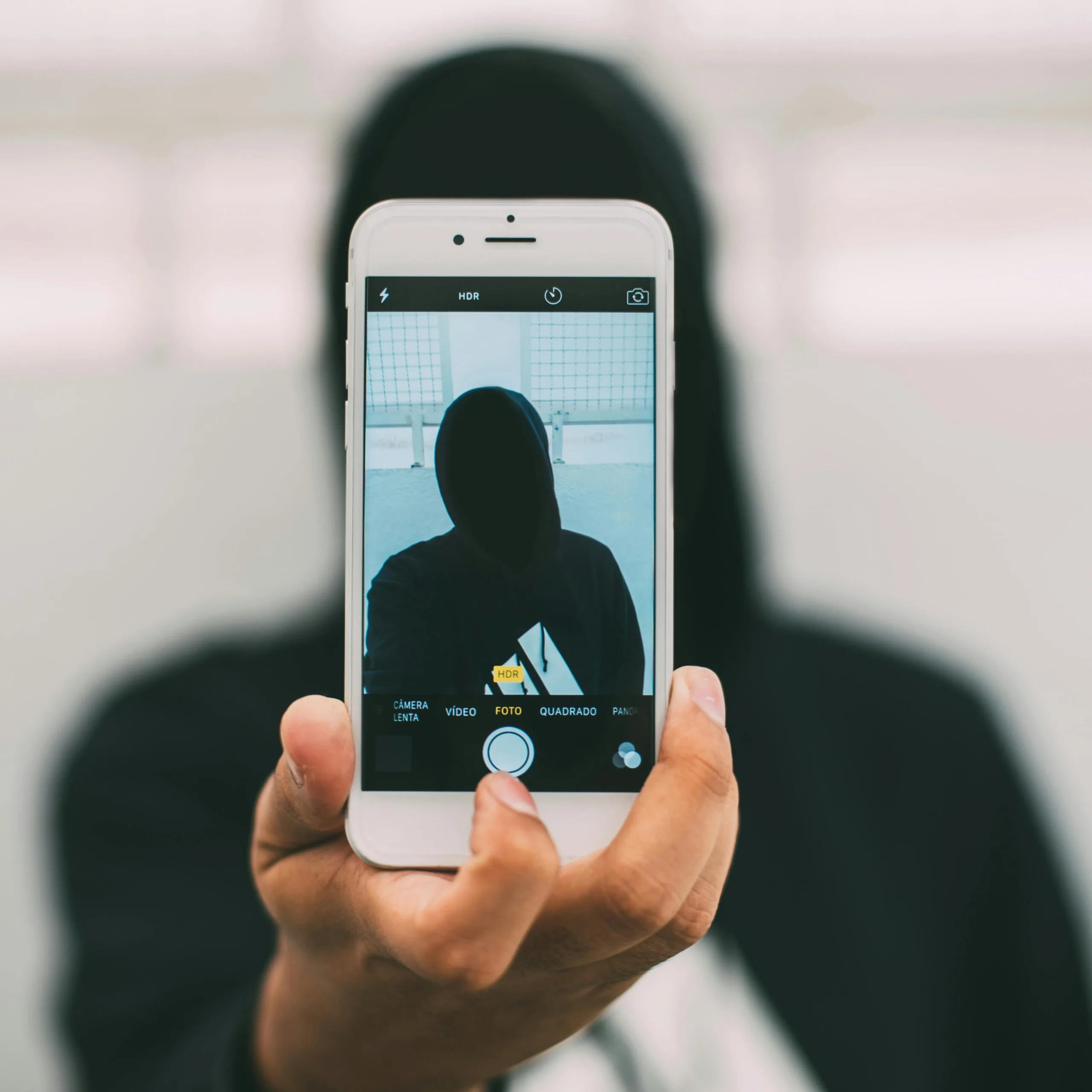This platform gives fans access to exclusive content from creators, but many people prefer to keep that interest private. If you’re wondering how to stay anonymous on OnlyFans, the good news is that there are clear steps you can follow. Protecting your identity isn’t just about hiding from curious eyes — it’s also about keeping your financial details and personal data secure.
This guide will walk you through practical OnlyFans privacy tips that any fan can use. From setting up an account with no personal details, to choosing safer payment options and browsing in a way that leaves no digital trail — every step helps you stay in control. By the end, you’ll know exactly how to enjoy your favorite creators’ content while keeping your anonymity intact.
Why Anonymity Matters for OnlyFans Fans
For many fans, privacy is just as important as the content itself. The platform is closely tied to adult entertainment, which means your subscriptions could raise questions or even cause embarrassment if they became public. Friends, coworkers, or family don’t need to know what creators you follow — and keeping that boundary protects your personal life. Beyond social stigma, there’s also the risk of personal details being misused if they fall into the wrong hands.
The good news is that OnlyFans already hides most sensitive information by default. Creators can’t see your real name, email address, or billing details. What they do see is limited to the profile information you choose to share — usually just a username, display name, and maybe an avatar. That’s why one of the most important OnlyFans privacy tips is to carefully control what you put on your profile. A random username and a neutral avatar go a long way in keeping you anonymous.
That said, complete invisibility isn’t possible. To pay for subscriptions, you’ll still need a valid email and payment method on file with the platform itself. The real challenge is learning how to stay anonymous on OnlyFans from everyone else — creators, other fans, and people in your offline life. By taking a few extra steps, you can enjoy content privately without leaving obvious traces behind. Let’s break down exactly how to do that.
Use an Anonymous Email Address
One of the easiest ways to start building privacy is with your email. The first rule is simple: don’t use the same email you rely on for work, family, or social media. Those accounts often carry your real name or other personal details. If they ever leaked or synced with notifications, your OnlyFans activity could become visible.
Instead, create a brand-new email just for this purpose. A privacy-focused provider (like ProtonMail) lets you open an account without entering your real name or phone number. Pick a username that can’t be traced back to you — nothing that includes your name, birthday, or city. Go for something neutral and random, like “fan987” or “blueapplemail”.

From there, keep this inbox dedicated to OnlyFans. All receipts, confirmations, and account updates stay in one place, separate from your everyday life. Even if someone stumbled across this email, there would be nothing to link it back to you.
One of the most effective OnlyFans privacy tips is to treat this new email as your shield. It stops notifications from landing on a shared phone or laptop, and it keeps your real identity out of the platform’s day-to-day activity. With this simple step, you’ve already laid the foundation for a more anonymous experience.
Protect Your Internet Connection with a VPN and Private Browsing
Even with an anonymous account, your internet connection can still reveal more than you’d like. Your internet provider, or even a shared work network, may log that you’ve visited the site. They can’t see exactly what you do there, but the visit itself could still show up.
A VPN (Virtual Private Network) solves this problem by hiding your IP address and encrypting your traffic. To anyone on the outside, it just looks like you’re connected to a VPN server. This makes it much harder for others to know what sites you’re visiting. A VPN is especially useful if you share Wi-Fi at home or live in a region where access to adult platforms is frowned upon or restricted.
On the device side, turn on private or incognito mode in your browser. That way, no history, cookies, or form data are saved. Once you close the window, there’s no sign you ever logged in. If someone else borrows your laptop or checks your phone, they won’t see anything left behind.
When combined, VPN and private browsing give you protection on two levels — the network and the device. Neither makes you completely invisible, but together they reduce the obvious traces of your activity and let you browse with peace of mind.
Create Your Account with a Pseudonym
With a private email and a secure connection ready, the next step is to set up your account. This is where you decide how you’ll appear to creators and other users — and the safest move is to avoid using your real name. OnlyFans lets subscribers choose a username and a display name, so pick something that doesn’t connect to your personal life. Instead of “JohnSmith” or anything similar, try a random nickname or a fun alias like “BlueStar98”.

When you first sign up, the system may assign you a default username such as “u1234abcd”. You can change this later in your settings. Choose something that you haven’t used on other platforms, so it can’t be traced back through a quick search. Creators will see this name if you comment or subscribe, so keep it neutral.
Next, think about your profile details. You’re not required to fill out much, but the site gives options for a photo, header image, bio, and even location. If privacy is your priority, keep these blank or generic:
- Profile photo: Skip personal pictures and use an avatar, illustration, or abstract image.
- Bio: Leave it empty, or keep it vague. Avoid sharing details like age, job, or hometown.
- Location: Don’t fill this out. If it’s required, use something broad or made up.
- Header image: Avoid images with your face, home, or landmarks.
- Social links: Never link personal accounts like X, Instagram, or Google.
You might notice the option to sign up with X or Google instead of email. It’s faster, but not recommended — connecting those accounts can share far more information than you realize. The safest choice is to stick with your dedicated email and a strong password.
By using a pseudonym and keeping your profile simple, you stay in control of what others can see. A creator might see “BlueStar98” with a cartoon avatar, but nothing else about you. They can’t access your real name, email, or payment info, and they won’t see which other creators you follow. The less you share, the easier it is to keep your real identity separate.
Secure Your Account with a Strong Password and 2FA
Protecting your account isn’t only about privacy — it’s also about making sure nobody else can get in. If someone were to guess or steal your login details, they’d see your subscriptions, read your messages, and even spend money with your saved card. That could expose both your identity and your finances.
Start with a strong password. Make it long, unique, and impossible to guess. Aim for at least twelve characters, mixing letters, numbers, and symbols. Skip anything obvious like your name, birthday, or a favorite band. A password manager can generate and remember a secure string for you, so you’re not tempted to reuse an old one.
Then add two-factor authentication (2FA) for another layer of protection. This requires a second code whenever you log in (usually from your phone). Even if someone got hold of your password, they wouldn’t be able to access your account without that code.
You can enable 2FA in your account settings and choose between an authenticator app or SMS text messages. An authenticator app (like Google Authenticator or Authy) is the safer choice because it doesn’t involve sharing your phone number. If you do use SMS, consider a prepaid number instead of your main phone for extra separation.
It only takes a minute to set up, but it makes a huge difference. With a strong password and 2FA, you close the easiest doors for hackers. Don’t forget to secure your email account in the same way — if someone can get into your inbox, they can reset your password and break in through the back door. Keeping both locked down ensures you’re the only one with access.
Use Privacy Settings and Common Sense
With your account set up and secured, it’s worth checking the privacy options available. Fans don’t get as many controls as creators, but a few settings can still make a difference.
First, look at your online status. Some platforms show a green dot or “last active” marker when you’re logged in. If the option exists, turn it off so others can’t see when you’re browsing.
Next, consider visibility around subscriptions. By default, creators can’t see which other accounts you follow, and your subscription list isn’t public. That’s already a big privacy win, but double-check you haven’t enabled anything that makes this information visible. If there’s an option to keep “friends” or “following” private, use it.
Also, take a moment to review data sharing and personalization settings. They don’t affect how you appear to creators, but toggling off unnecessary data collection can still add a little extra privacy to your experience.
Beyond settings, the biggest safeguard is how you interact. Even if you’re using a pseudonym, giving away personal details in comments or messages can undo all your precautions. Keep conversations casual and avoid specifics like your real name, city, or job. You’re under no obligation to answer personal questions, and a vague or playful response works just fine.
The platform itself is designed so fans can remain anonymous if they choose. You’re free to use fictional profile details, and you’re never asked to verify your identity the way creators are. That gives you control over how much or how little you reveal.
If you ever need help, the support team can guide you on account privacy and security. Just remember not to share sensitive details like passwords when contacting them.
In the end, the safest approach combines the available privacy tools with a bit of common sense. Share less, stay cautious, and you’ll keep your activity under the radar.
Pay Securely and Keep It Separate
Payments are the most challenging part of staying private. Subscriptions and tips require a card, and that means leaving some kind of financial footprint. The trick is to manage how and where that footprint shows up.
Know how charges appear. When you pay on the site, your bank statement won’t disguise it. The line usually includes “OnlyFans” or “CCBill OnlyFans”. Even a tiny test charge can show up with the name attached. If you share accounts or someone else checks your bills, they’ll see it right away.
Prepaid and virtual cards are your friends. A prepaid Visa or Mastercard, bought online or at a store, works just like a debit card but isn’t linked to your main bank. Load it with cash, use it for subscriptions, and your regular statement stays clean. Virtual card services offer another layer: they let you create disposable numbers for single merchants, which you can lock or delete afterward. Both options give you more control and more privacy.
Adding the card. Once you’ve got your prepaid or virtual card, enter it in the “Your Cards” section of your profile. The platform may run a small test charge to verify it, so make sure you’ve loaded enough to cover that and any subscriptions you want. Prepaid cards don’t pull from a bank balance, so keep them topped up.
Why does it help? Using a separate card keeps your main finances untouched and makes overspending less likely. If your account were ever compromised, the most that could be taken is the small balance you loaded, not your whole credit line.
What about regular cards? They’re safe in terms of security — payments go through trusted processors and creators never see your details. But your bank will always know, and the word “OnlyFans” will stay in your statement history. That’s fine if you don’t mind, but not ideal if privacy is a priority.
Extra tips. Be careful with renewals. Subscriptions usually auto-renew monthly. If you’re using prepaid cards, either keep enough balance ready or turn off auto-renew and resubscribe manually. That way you stay in full control of what you spend and when.
In short, think of payments as another layer of protection. Keeping them separate with prepaid or virtual cards helps you enjoy content while keeping your financial life private.
Stay Alert to Scams and Fake Offers
An anonymous account won’t protect you if you hand over information to the wrong person. Like any online space, the platform has its share of impostors and scams. Staying cautious is the best way to keep your identity safe.

Watch for fake links. Messages or comments that promise discounts, free subscriptions, or “special access” often lead to phishing sites. They’re designed to look like the real login page but exist only to steal your password or card details. If a link takes you off the official site, don’t enter anything — close the page.
Stay on-platform. Scammers may try to move conversations to WhatsApp, Telegram or email with offers that sound tempting. The problem is, once you leave the platform, you lose the protections built into its system. Real creators don’t need you to pay elsewhere to deliver their content. If someone insists, that’s a red flag.
Avoid downloads. Content on the site should play directly in your browser or app. If someone sends you a file to install, don’t open it. Malicious files disguised as “exclusive videos” have been used to spread malware. Stick to the platform itself, and keep your antivirus software up to date.
Keep personal details private. Even if you’ve built rapport with a creator, there’s no need to share your real name, home address, or other personal info. Some creators use Amazon wishlists for gifts, which usually protect your details, but always double-check before ordering.
Know the signs of a scam. Threats like “we’ll tell your family unless you pay” are usually empty — the scammer has nothing but your username. Others might claim they can unlock more content for a fee, or send you a “prize” link that asks for your login. When in doubt, block and report.
A little skepticism goes a long way. Most creators are genuine and simply want to share their content. By staying alert and keeping all payments and conversations on the platform, you reduce your risk of being tricked. That way, you can focus on enjoying the content without worry.
Log Out, Clean Up, and Be Discreet
Once your account is set up, good habits will keep it private. Always log out when you’re finished, especially on a shared or work device. Simply closing the tab isn’t enough — logging out prevents anyone from stumbling into your open session. Using private browsing makes this easier since it clears history and cookies automatically.
If you’re on the mobile app, add an extra lock. A PIN or fingerprint login adds another barrier if someone gets hold of your phone. And if you’d rather not risk pop-up notifications, keep your OnlyFans email separate. Don’t sync it with your phone’s main inbox — instead, check it manually when you need to.
Be mindful of your surroundings too. If you live with family or roommates, don’t leave the site open on your screen. Use headphones so no one overhears videos or voice notes. Even something as simple as the logo or a creator’s name flashing on your screen can give you away if someone happens to glance over.
The same caution applies outside the platform. If you talk about OnlyFans on social media or forums, do it from accounts that aren’t tied to your real identity. Don’t use the same handle, and never share your OnlyFans username elsewhere. Keeping your persona separate online is just as important as hiding it at home.
With a few mindful steps, you can enjoy your subscriptions without leaving unnecessary traces behind.
Conclusion: Enjoy OnlyFans Privately and Safely
With a few smart habits, it’s entirely possible to enjoy the platform without putting your identity at risk. It starts with the basics — a clean email and a made-up username — and builds with secure browsing, strong account protection, and careful payment choices. Add in a bit of common sense about what you share and where you click, and you’ve already done more than most to protect yourself.
The platform itself helps by keeping sensitive data hidden from creators and running payments through encrypted processors. Still, nothing online is ever completely invisible, which is why separating your online persona from your real life is so important. When you treat privacy as part of the routine, it becomes second nature.
Thousands of fans manage to stay discreet every day. By following the same steps, you can focus on what really matters: enjoying the creators you support, knowing that your private life stays private.

